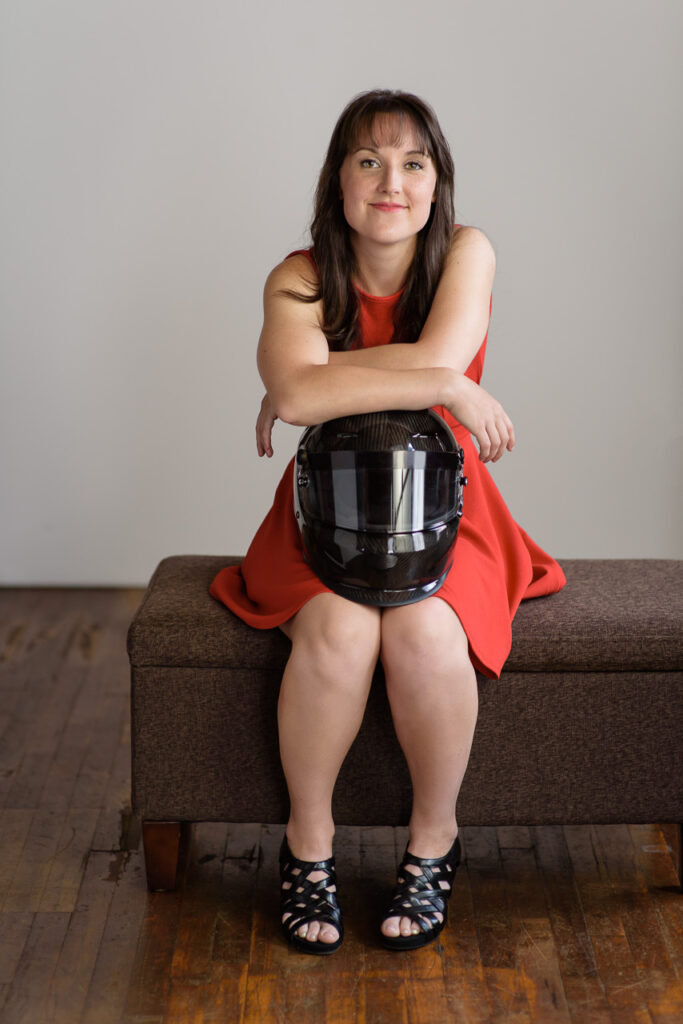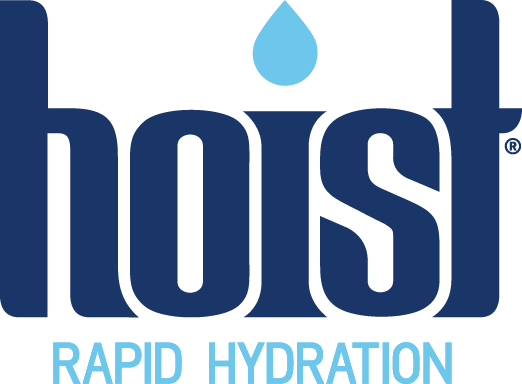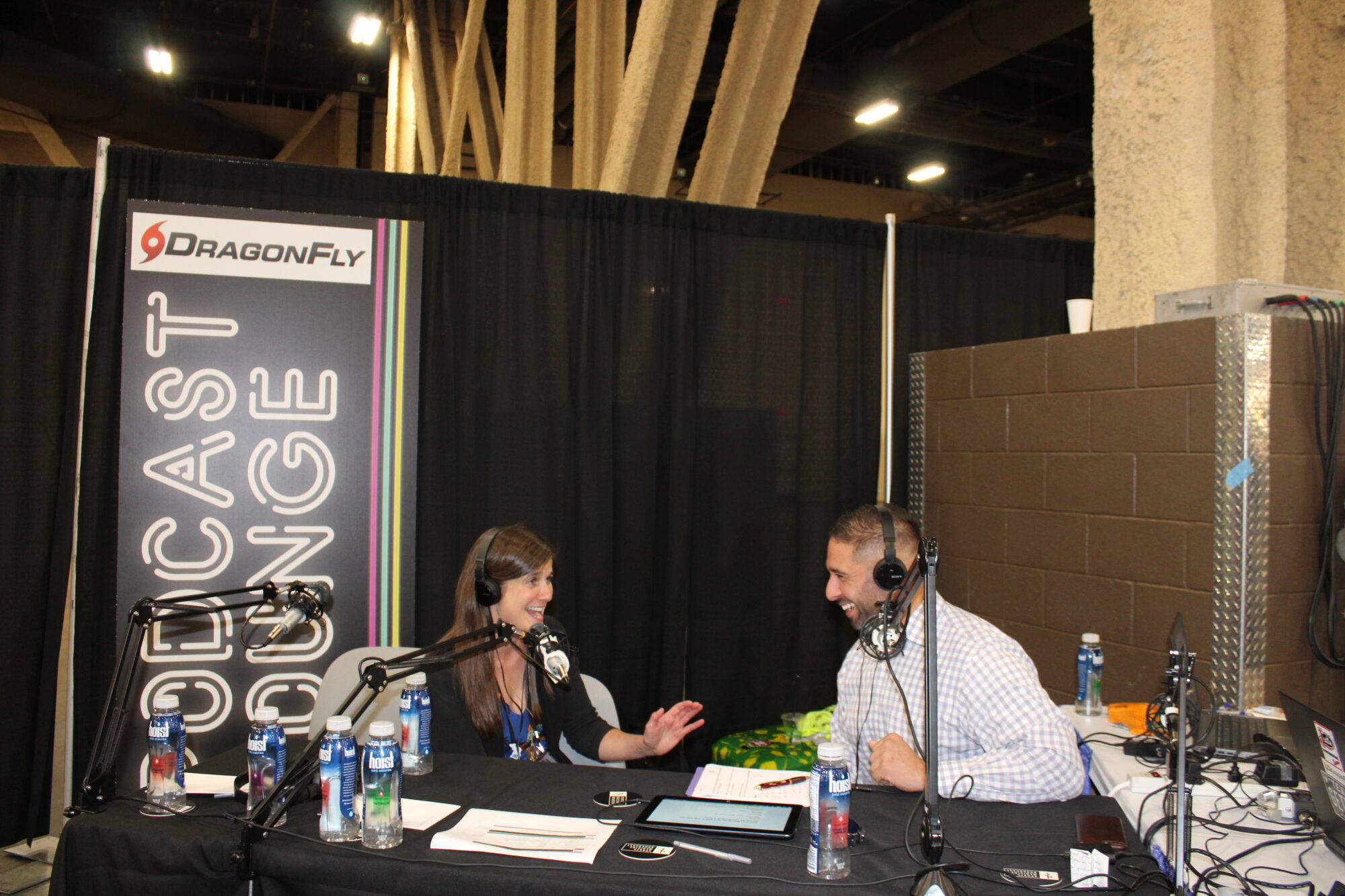Podcast: Play in new window | Download
Dr. Julia Hines has connected her passions and works with Auto Racing Medicine because her dad took her to races growing up. She joins us to discuss her story of becoming and AT and PT as well as how she is helping make racing safer.

Julia, What is your favorite race event and why?
Going to Monaco would be a bucket list item
What is your experience in driving racecars?
I have done some courses
Dr. Hines’s husband is a racer
I get in the racing go-karts now and then.
How did you get into Athletic Training and Physical Therapy?
Dad is an amateur racer and started going to the track at 3 or 4 years old.
He got a concussion in her senior year of high school.
They basically did not treat him at all
He drove the pacecar the next day
He had symptoms for about a year including BBPV
I grew up close to Limerock park and love all those events
Went for PT school but ended up doing the combined AT PT program.
I got injured a lot as a dancer growing up
There are ATs with racing, but they are few and far between.
Showed up at races and talked to everyone I could
My doctoral thesis was on returning the motorsports PT.
Talk about the evolution of concussions in Auto Racing Medicine.
This is not a team sport. If the drivers are not driving, they are not earning their money and they are potentially out of the industry.
The big teams, NASCAR, INDY, F1 they have traveling medical teams
The “arrive and drive” guys do not have any sort of consistent medical care.
Julia is currently working with more of the endurance events where they are driving for 24 hours.
NASCAR has been focusing on improving the health of the pit crews and a lot of ATs
Back in the 90s they would grab the guy from the local oil shop to be part of your pit crew.
Do you have experience treating Pit Crews with random injuries?
They have medical personnel in the pit..and everywhere.
If there was an emergency we would work as a team, allowing the emergency medical crew to lead and then being the primary on the follow-up or continuation of care.
Talk about the marathon races…how do you prepare them?
Anytime a driver exits the car after 2 hours…something is going to be sore. Low back, foot, hand.
Rule out red flags.
What can I do in this instant to help them get back in the car in a few hours?
As a PT I avoid passive therapies
As a MotorsportsPT we utilize a lot of the passive therapies because they are not really done with their event.
If it is the night time you are trying to allow them to get treatment and get rest.
Letting them know you have a plan in case treatment one does not work
Do you ever have to “talk” them back into the car?
I had a driver with a torn ACL who was concerned about driver changes. We had to work through the process of what causes pain and what does not.
But never really had to convince anyone to get back onto the track
What is the least understood aspect of a motorsports athlete?
These are extremely high performing athletes.
Heart rate, respiratory rate and effort have been shown to be very high during the duration of the event.
Going back to the concussion in motorsports…it was hard to recreate the situation.
The heat
The helmet
G forces
Incline
Vibration
Tons of visual stimulus
What is the RTP for motorsports?
Every racing environment is different
Use multiple monitors to simulate the environment
Get as close as you can without putting them at danger
What lessons stand out the most that you took into motorsports?
Reaching out to your network – Sarah Brown at BU had multiple brainstorming sessions with Julia
Professor worked with her to create higher value questions and prepare answers.
If you do not try then you always wonder “what if”
For 4 years I showed up at racetracks and talked to people…4 years I worked on building the network.
What is an adaptation you have used for race teams? (creative ways you used theraband to for support, brace you had molded…)
Things are too bulky usually for them.
So almost everything has to be minimalist.
The ACL patient had a brace that he could not wear so they had to try several options to make it work for him. Ace wrap ended up too bulky, so they went to KT tape for the proprioceptive feedback.
What types of injuries do you see in auto racing medicine?
Mostly chronic issues
Strangest?
The driver was getting in the car and was struggling with forearm stiffness. They came to the pits for treatment and she was almost on the interview with him.
A neuroma in his foot from driving for 20 years.
Fun Stories?
The first AT in racing was a rodeo AT back in the 70s or 80s
Most of the rescue crews are fireman and EMTs
ATs can and do belong in those positions with proper training.
Call to action: Network but do not give your services away for free
Watch Auto Racing Medicine on Facebook
Contact Us:
Dr. Julia Hines – https://www.motorsportspt.com/contact
Mike – @McKenneyATC
Jeremy – @MrJeremyJackson
Want to support the podcast?
Go through the schools RevTracker system and make a donation.
Once I receive the info I will send you some Sports Medicine Broadcast swag.

